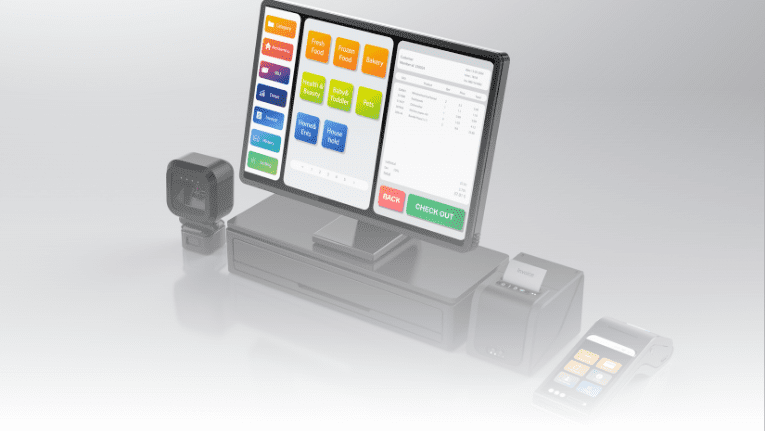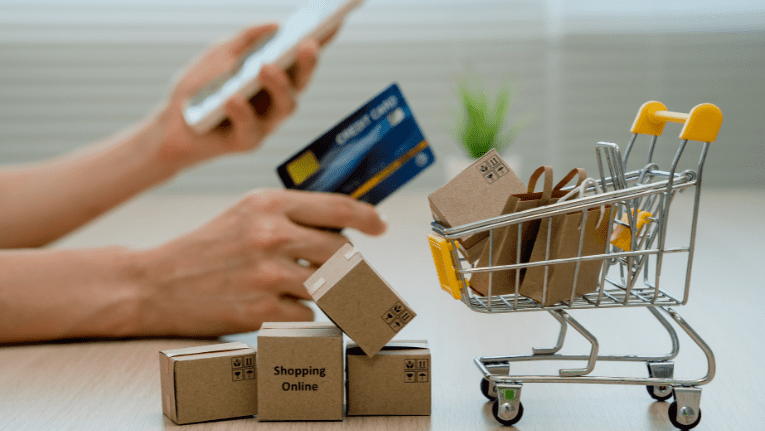The Problem
Picture this: customers walking into electronics stores, buying expensive phones and laptops from our client, then walking out without insurance coverage. The numbers were brutal – a huge percentage of customers were saying “no thanks” to device protection, even when buying premium products.
The culprits? Sales staff who didn’t know how to present insurance properly, clunky manual processes that slowed down purchases, and customers who just didn’t see the value at checkout. Worse yet, there was zero follow-up once customers left the store – if they said no initially, that was it. Opportunity lost forever.
For the consumer electronics brand – this wasn’t just frustrating, it was costing them serious money across their entire retail network of premium resellers and large format retailers.
What We Did
Started Smart with a Pilot
Rather than diving headfirst into a massive rollout, we began with 3 key retail partners across 50 stores for a focused 4-month pilot. This gave us room to test, learn, and refine without disrupting our client’s entire network.
Got Everyone on the Same Page
First challenge: getting the brand’s Tech, Marketing, and Sales teams actually working together with the insurance operations instead of in silos. Created a comprehensive plan that everyone could buy into, with clear financial models showing what success would look like for both companies.
Built the Right Systems
We set up customised Freshsales CRM instances for each participating retail partner. No generic, one-size-fits-all approach – each partner got a system tailored to how they actually work, whilst maintaining consistency across the brand’s network.
Designed Automatic Marketing Journeys
Here’s where things got interesting. We created a complete 15-day multichannel follow-up system that kicked in automatically when customers initially declined insurance at point-of-sale. The journey included:
- SMS reminders with personalised offers based on their device purchase
- Email sequences explaining protection benefits specific to their product
- WhatsApp messages with easy purchase links and instant support
- Strategic telecalling at optimal times when customers were most likely to engage
Streamlined Call Centre Integration
Instead of building something from scratch, we integrated partner-level call centre processes into the existing teams. Each retail partner got customised scripts and offers that aligned with their brand positioning whilst maintaining the insurance expertise. This meant customers got consistent, professional service whether they were in-store or speaking with the remote team.
Created True Omnichannel Experience
The magic happened when we connected all touchpoints into one seamless process. A customer could start the conversation in-store, receive follow-up via WhatsApp, and complete their purchase over a phone call – with every interaction building on the previous one instead of starting over.
Implementation & Results
Pilot Success Led to Full Rollout
The 4-month pilot proved the concept worked. We then scaled the system across the brand’s entire premium reseller network, maintaining the same level of customisation and service quality.
Training People Properly
Ran dedicated training sessions focused on real customer engagement skills. Not just “here’s the product” – but how retail staff could actually help customers understand why they might want protection for their new device, then seamlessly hand off to the automated system.
What Happened:
- Timeline: 8-month programme delivered on time and on budget
- Results: Device insurance attach rates significantly exceeded initial projections
- Scope: Scaled across entire premium reseller network
- Expansion: Partners requested extension to other sales channels and product categories
System Performance Exceeded Expectations
The 8-month programme delivered exactly what we promised – on time and on budget. Device insurance attach rates didn’t just improve, they significantly exceeded both the insurance team’s and the brand’s initial projections.
More importantly, the whole operation got smoother. Retail staff knew their role, customers had better experiences, and the system worked so well that partners started asking to expand it to other sales channels and product categories.
The collaborative approach proved that when you align technology, marketing, and sales properly across multiple organisations, the results speak for themselves.
What We Learned
People + Process + Technology = Results
You can’t just throw technology at a problem and hope it works. The magic happened when we combined smart systems with proper training and clear processes that worked for everyone involved.
Customise, Don’t Standardise
Each retail partner had different needs and brand requirements. Cookie-cutter solutions would have failed. The key was building flexible systems that adapted to how people actually work whilst maintaining the service standards.
Train for Understanding, Not Just Compliance
When retail staff actually understood the value they were offering customers, conversion followed naturally. Confidence sells better than scripts, and proper handoffs to the team made everyone look good.
Automation Amplifies, Doesn’t Replace
The 15-day multichannel journey didn’t replace human interaction – it made it more effective by reaching customers at the right time with the right message, then connecting them with the trained team when they were ready to engage.





